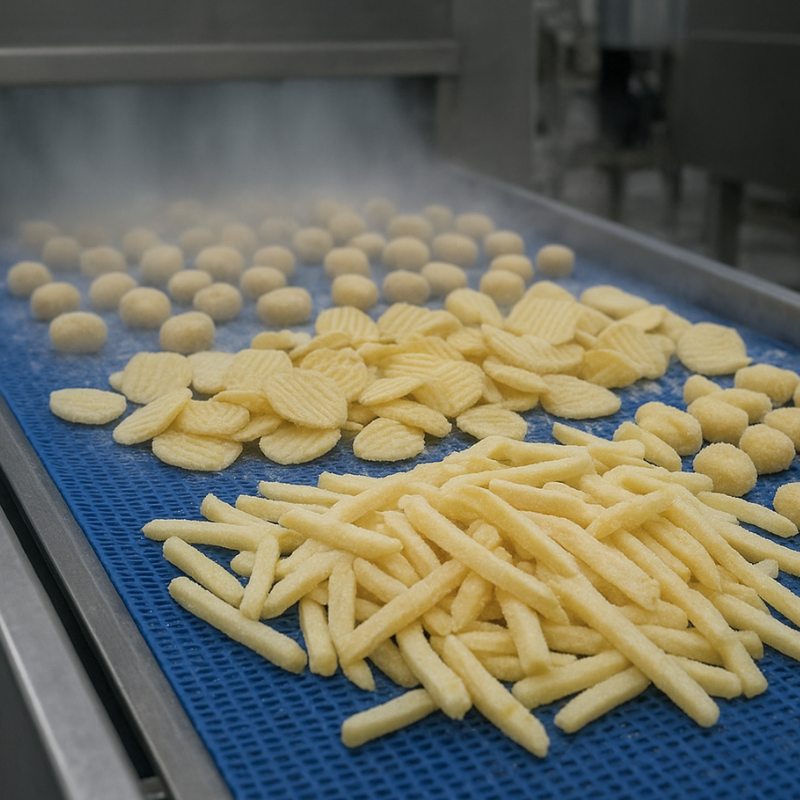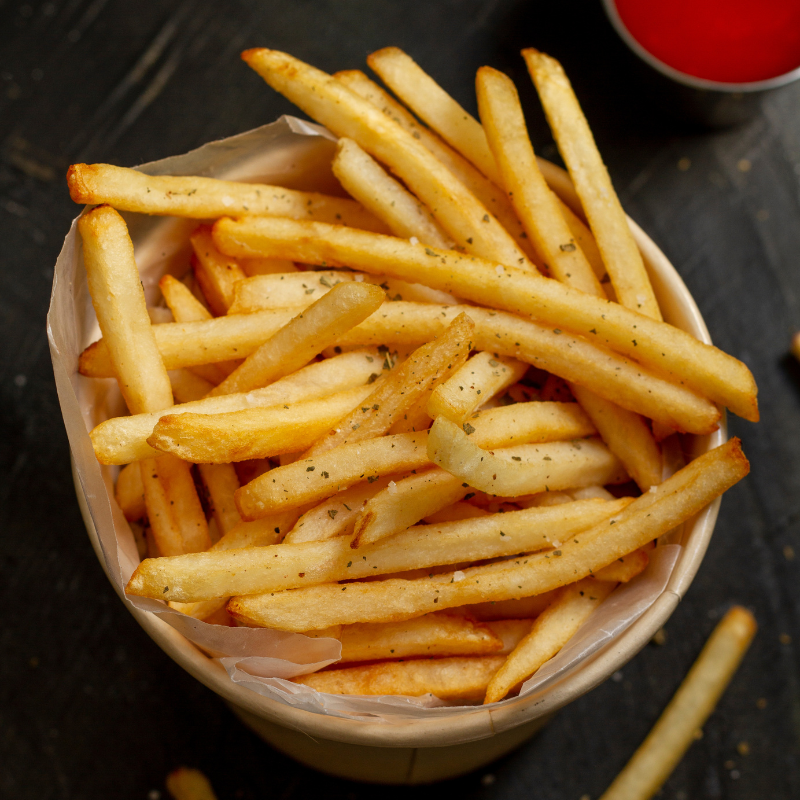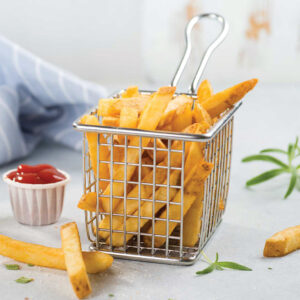Frozen food has been living under a layer of myths for far too long -it’s often misunderstood and underestimated. It’s time to burst the myths. Frozen food has undergone a quiet transformation, fuelled by culinary innovation, advanced technology, and a deep understanding of today’s fast-paced lifestyles. Today’s frozen food industry has grown far beyond its old image. What was once seen as a backup plan is now becoming a go-to solution for modern, mindful eaters.
Let’s unpack these misconceptions and explore why frozen food deserves a permanent spot on your plate.
Myth 1- Freezing Kills the Taste and Texture of Food
Reality: Modern freezing methods, especially Individual Quick Freezing (IQF), ensure food retains its taste, texture, and nutritional value. IQF works by rapidly freezing individual pieces at ultra-low temperatures using high-velocity cold air. This quick process prevents cell damage and maintains the natural quality of the product by keeping each piece separate, which avoids clumping and ensures easy handling. With IQF technology, frozen foods offer consistent quality, convenience, and long shelf life without compromising on taste or hygiene.

Myth 2- Frozen food is not fresh
Reality: Frozen food is often fresher than expected. With Individual Quick Freezing (IQF) technology, ingredients are frozen within hours of harvest or preparation. The process rapidly freezes each piece at extremely low temperatures using high-velocity cold air, thus protecting the food’s integral structure. This stops the natural ageing process, preserving taste, texture, and nutrients. IQF ensures freshness is locked in from the start, so the food stays in its best state for a longer time.
Myth 3- Frozen food isn’t hygienic
Reality: Frozen food goes through a carefully monitored, highly hygienic supply chain designed to prevent contamination at every stage. Cold storage units and various Quality checks, including physical, Chemical (TCM/Solid), and Microbiological checks (Y&M, Coliform, Pathogens), significantly reduce microbial growth. The entire cold chain, from farm to freezer, is closely monitored and GPS traceable to ensure that the food remains unspoiled and uncompromised during the whole supply chain process.

Myth 4 – Quality of ingredients is compromised
Reality: The process of sourcing ingredients for frozen food has become increasingly transparent. Brands collaborate directly with local farmers, meticulously track each batch, and pledge to uphold ethical and responsible procurement practices. The sourcing process is closely monitored for Physical, Chemical, and Microbiological quality, consistency, and sustainability, with rigorous controls in place from the moment of harvest to processing. You can have confidence that what ends up in the freezer originates from a foundation of integrity in the field.
Myth 5 – Frozen food doesn’t offer restaurant-like taste

Reality: Today, premium frozen products are crafted in collaboration with expert chefs, ensuring they are tested for texture retention, visual appeal, and versatility in cooking. Every aspect, from crispiness to the balance of seasoning, is fine-tuned to provide restaurant-quality results right in your kitchen. Now, your freezer can serve up meals that compete with your favourite takeout without any preparation or cleanup.
Myth 6- Frozen food is expensive
There’s a belief that quality frozen foods come with a premium price tag. However, they offer quality with extended shelf life and require no preparation time, helping you save both money and effort. Frozen snacks are easy to cook and cost-effective, as you don’t need to buy separate ingredients. This makes frozen food a practical, cost-effective, and time-saving choice for modern kitchens.
Myth 7: Frozen food is seen as Unhealthy
Reality: Frozen food is often assumed to be unhealthy, but that’s far from true. Today’s frozen products are made with carefully selected, high-quality ingredients and go through strict quality checks at every stage. Advanced methods like Individual Quick Freezing (IQF) lock in natural taste and nutrients. They’re convenient and versatile—you can prepare them in an air fryer or oven with minimal oil, giving you full control over how they’re cooked. Frozen food offers a modern, healthy, and time-saving solution without compromising on quality or flavour.

Conclusion
Frozen food is not a compromise; it’s a conscious, clever choice for modern kitchens. The myths may linger, but the reality is clear: frozen food today is creative, convenient, and completely in sync with how we live now.
So, the next time you open your freezer, see it not as a last resort—but as your secret weapon for stress-free, and indulgent snacking.
Frozen is no longer a fallback—it’s food that delights, every time.





